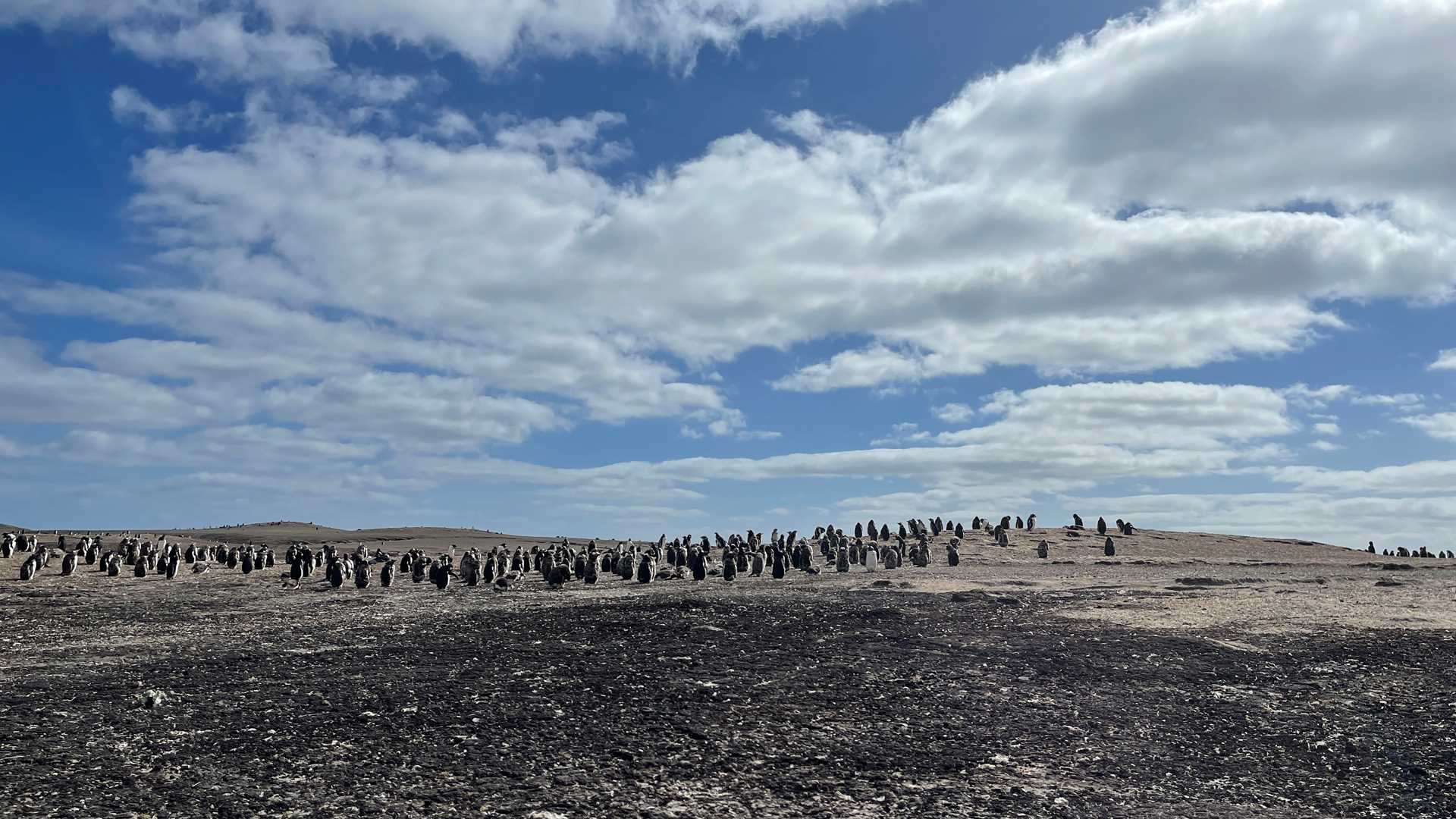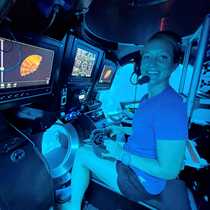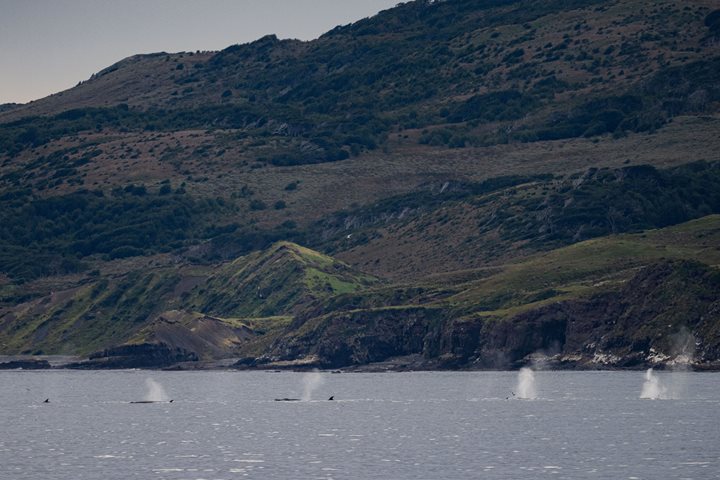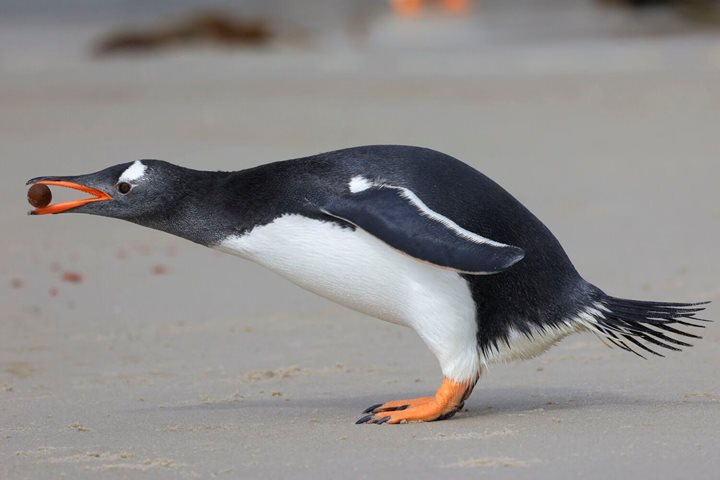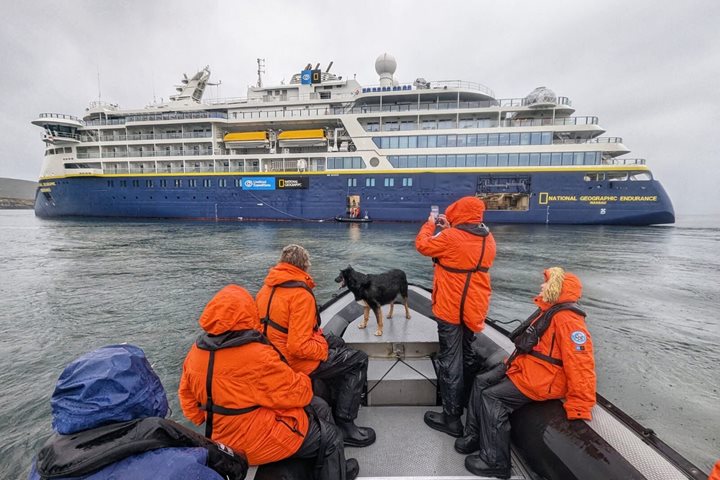We had a great start to our Falkland Islands expedition today! The winds were low and the sun was shining–sunscreen and sunglasses were a must! We made our first landing at Saunders Bay where we saw two new species of penguins–rockhopper and Magellanic. The white sand beaches looked stunning against the turquoise water, a stark contrast to what we have seen on our expedition thus far. In the afternoon, we landed on Carcass Island, named after the HMS Carcass. We had the opportunity to walk up Jason Hill. It was nice to get out and be active after our days at sea. This island has diverse vegetation and an abundance of birds! Caracaras, gentoo penguins, Magellanic penguins, skuas, imperial shags, rock shags, kelp geese, ruddy-head geese, upland geese, blackish oystercatchers, Magellanic oystercatchers, cobb’s wrens, tussacbirds, and more. What a day. And what a time to be alive.
3/12/2025
Read
National Geographic Endurance
At Sea towards Ushuaia
It was a day for reflection. Our journey was coming to an end as we left the Falklands behind and National Geographic Endurance steamed towards South America and Ushuaia. The seas were kind to us, and despite low winds, we had black-browed albatross, among other birds, around us. In the morning, we listened to the naturalists onboard as they presented on different subjects in the ice lounge. Land-ho! Mid-morning we had land in sight, South America was appearing on the horizon. Upon entering the Beagle Channel, we saw possibly a hundred sei whales. While the seabirds were waiting for the wind on the surface, the whales were feeding a short distance from the ship. As our vessel waited for the pilot to arrive, we could still see whale blows in the distance. We enjoyed a teatime extravaganza with Chef Sara and her team. Cheese and wine brought most of the ship’s inhabitants to deck 8, and while sipping wine we watched sea lions, dolphins, and stunning views of Tierra del Fuego go by until it was time for Captain Aaron’s farewell toast. As much as we are reflecting on our expedition today, it has also been a day of celebration! It has been an incredible journey of many miles, great people, and wonderful experiences. Thank you all!

